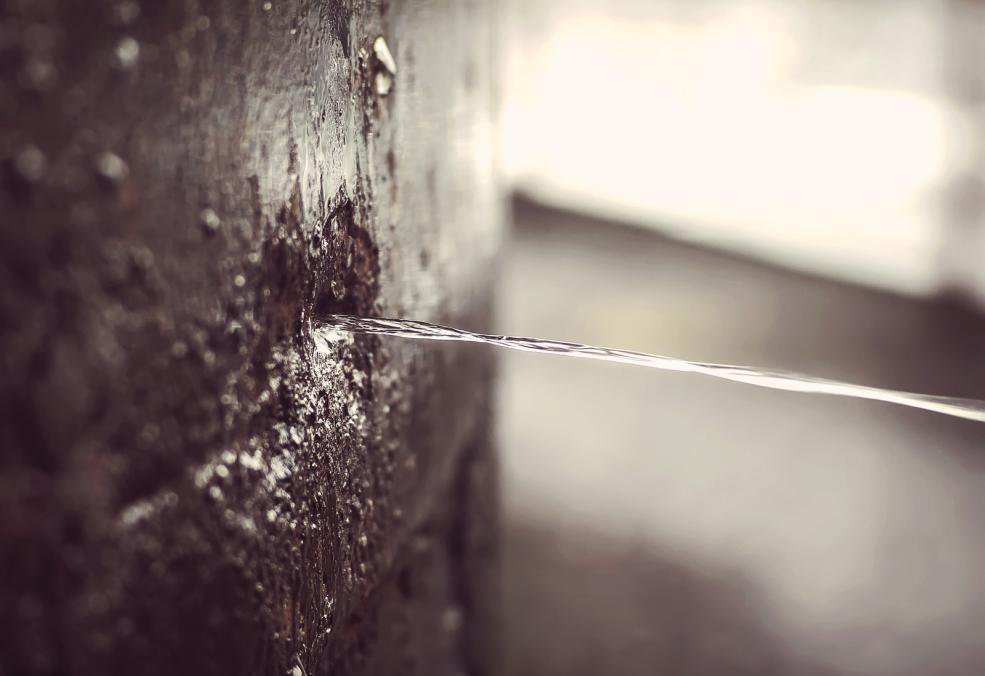Guide To Water Leak Discovery In The House
Guide To Water Leak Discovery In The House
Blog Article
Have you been looking for information around Finding hidden leaks?

Early detection of leaking water lines can alleviate a possible calamity. Some tiny water leakages may not be noticeable.
1. Check Out the Water Meter
Every residence has a water meter. Inspecting it is a surefire way that aids you find leakages. For starters, turn off all the water resources. Make sure nobody will purge, utilize the tap, shower, run the cleaning equipment or dishwasher. From there, go to the meter and watch if it will change. Given that no one is using it, there ought to be no motions. That indicates a fast-moving leakage if it relocates. If you discover no changes, wait a hr or two and check back once again. This indicates you might have a slow leakage that could even be underground.
2. Check Water Usage
Examine your water expenses as well as track your water consumption. As the one paying it, you need to observe if there are any disparities. If you identify sudden changes, despite your consumption being the same, it implies that you have leakages in your plumbing system. Keep in mind, your water bill must fall under the exact same range on a monthly basis. An abrupt spike in your expense indicates a fast-moving leakage.
On the other hand, a consistent rise on a monthly basis, even with the very same behaviors, reveals you have a slow leakage that's likewise slowly escalating. Call a plumber to completely inspect your property, especially if you feel a cozy location on your floor with piping underneath.
3. Do a Food Coloring Examination
30% comes from toilets when it comes to water intake. Examination to see if they are running appropriately. Decline flecks of food color in the tank and also wait 10 minutes. There's a leak in between the tank as well as dish if the color somehow infiltrates your bowl throughout that time without flushing.
4. Asses Outside Lines
Don't fail to remember to inspect your exterior water lines too. Should water seep out of the connection, you have a loosened rubber gasket. One tiny leakage can throw away bunches of water and also surge your water costs.
5. Inspect and Evaluate the Circumstance
Home owners must make it a behavior to examine under the sink counters and even inside cupboards for any type of bad odor or mold and mildew development. These 2 warnings show a leakage so timely attention is needed. Doing regular examinations, even bi-annually, can conserve you from a significant issue.
Examine for discolorations and also deteriorating as many appliances as well as pipes have a life span. If you presume leaking water lines in your plumbing system, do not wait for it to intensify.
Early detection of leaking water lines can reduce a possible disaster. Some tiny water leaks may not be visible. Inspecting it is a guaranteed way that helps you uncover leakages. One tiny leakage can throw away bunches of water and increase your water costs.
If you suspect dripping water lines in your plumbing system, do not wait for it to rise.
WARNING SIGNS OF WATER LEAKAGE BEHIND THE WALL
PERSISTENT MUSTY ODORS
As water slowly drips from a leaky pipe inside the wall, flooring and sheetrock stay damp and develop an odor similar to wet cardboard. It generates a musty smell that can help you find hidden leaks.
MOLD IN UNUSUAL AREAS
Mold usually grows in wet areas like kitchens, baths and laundry rooms. If you spot the stuff on walls or baseboards in other rooms of the house, it’s a good indicator of undetected water leaks.
STAINS THAT GROW
When mold thrives around a leaky pipe, it sometimes takes hold on the inside surface of the affected wall. A growing stain on otherwise clean sheetrock is often your sign of a hidden plumbing problem.
PEELING OR BUBBLING WALLPAPER / PAINT
This clue is easy to miss in rooms that don’t get much use. When you see wallpaper separating along seams or paint bubbling or flaking off the wall, blame sheetrock that stays wet because of an undetected leak.
BUCKLED CEILINGS AND STAINED FLOORS
If ceilings or floors in bathrooms, kitchens or laundry areas develop structural problems, don’t rule out constant damp inside the walls. Wet sheetrock can affect adjacent framing, flooring and ceilings.
https://www.servicemasterbyzaba.com/blog/how-to-detect-water-leakage-in-walls/

I discovered that article on Locating water leaks when doing a lookup on the internet. Sharing is caring. Helping others is fun. Thank you for your time. Visit again soon.
Report this page